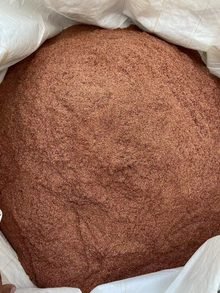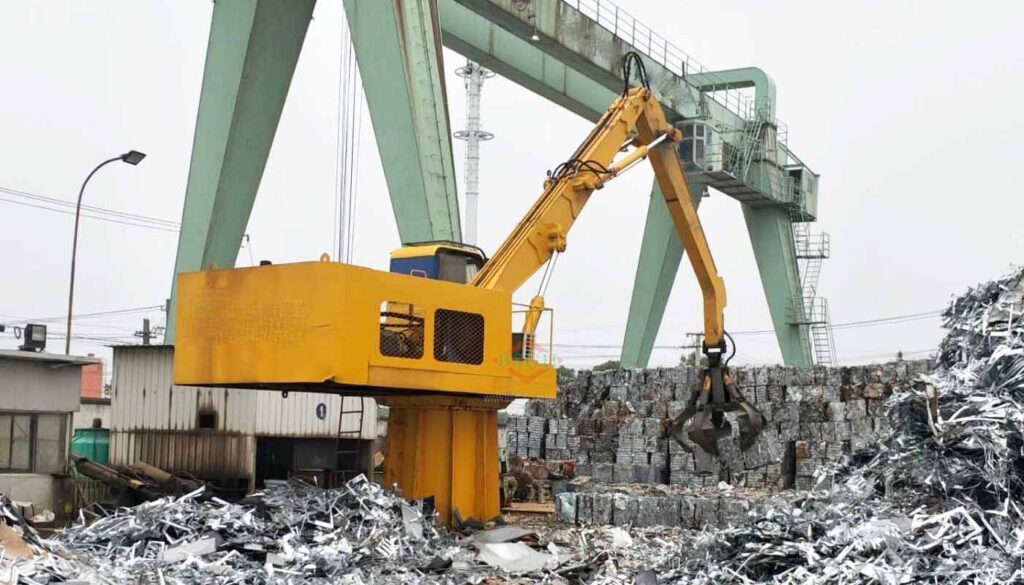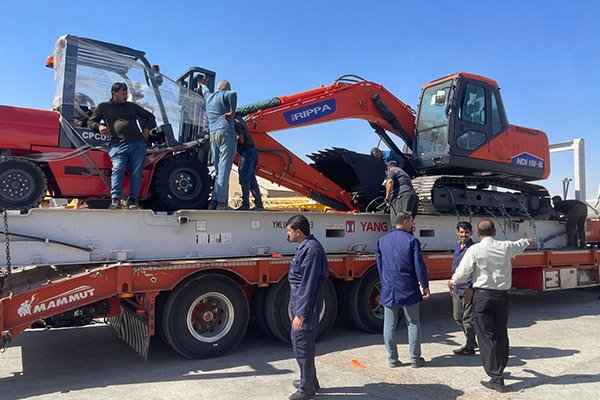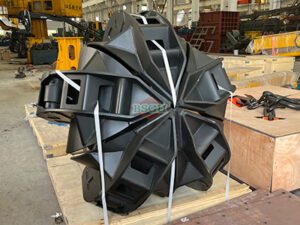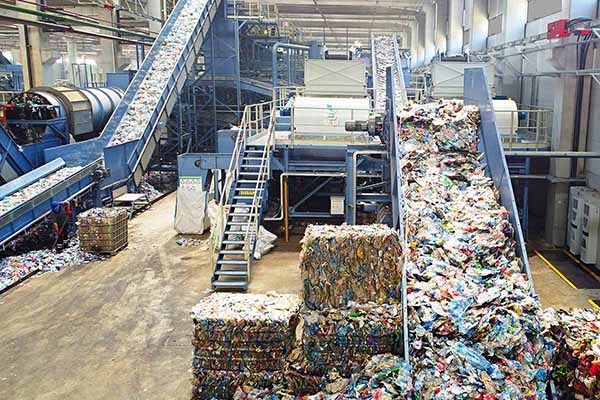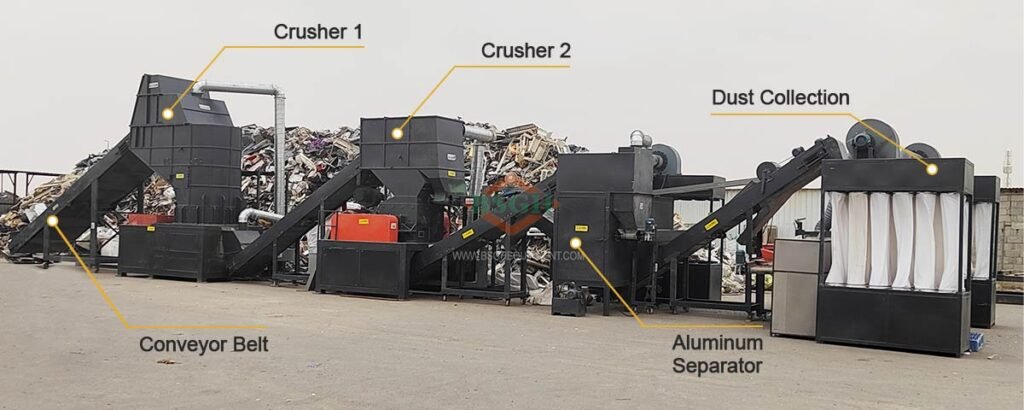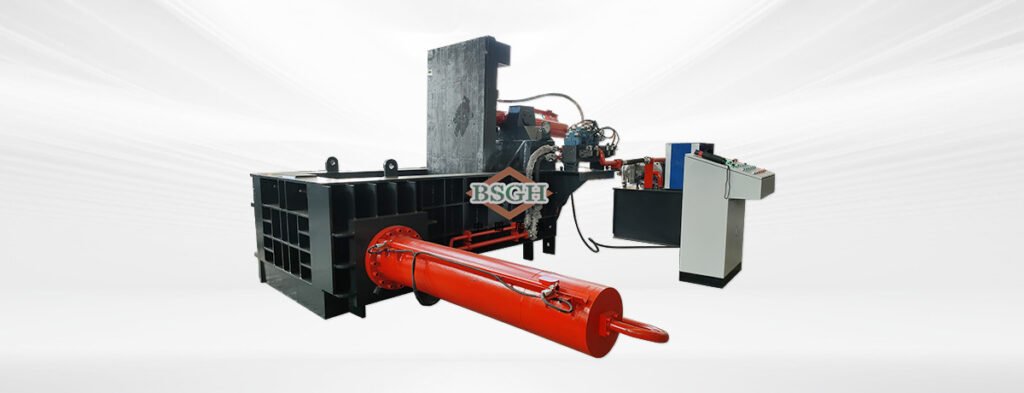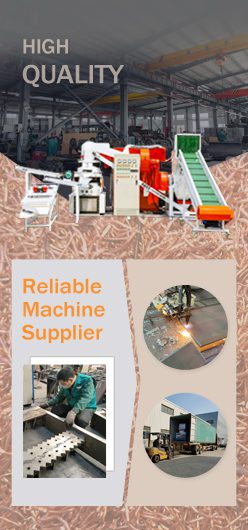I. Einleitung
Wind power is no longer just an option—it’s a driving force in the global shift to clean energy. Just in 2024, global wind power capacity surged by 11.5% according to the World Wind Energy Association. This remarkable growth highlights wind energy’s essential role in cutting carbon emissions and shaping a more sustainable future. But with success comes a new challenge, as the first generation of wind farms nears the end of their 20–25 year lifespans, the industry must answer a critical question:
What happens to the massive blades once turbines are retired?
Unlike steel towers and gearboxes, almost 95% can be recycled through well-established processes. Built primarily from advanced fiber-reinforced polymer (FRP) composites, wind turbine blades are engineered for strength, lightness, and resilience, making them perfect for capturing the power of the wind—but extremely difficult to recycle till the end of their service life. Retired blades, often more than 60 meters long, are cut into pieces and buried in landfills, creating a so-called “wind turbine graveyards.”It has become urgent to solve the challenge of wind turbine blade recycling, raising key questions:
Can blades be recycled? Why is recycling essential? What methods are available? And how can the recovered materials be put into use? These answers are beginning to reshape the future of wind energy—turning a waste problem into a new resource stream.
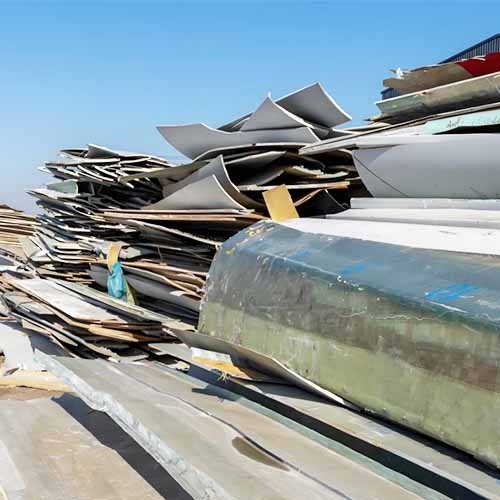
II. Can Wind Turbine Blades Be Recycled?
To face the recycling challenge, it is essential to work out what a wind turbine blade is made of. Blades are engineered for maximum strength with minimal weight, and the composition typically includes:
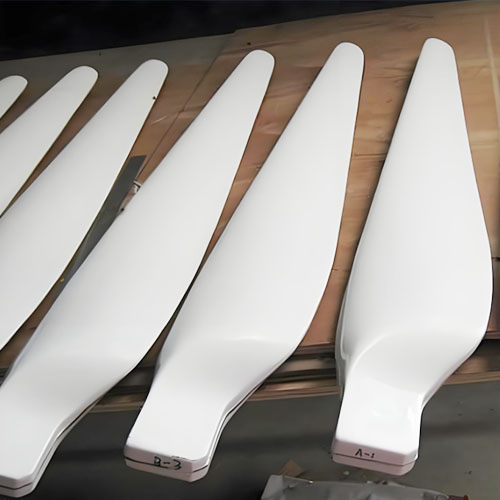
- Glass fiber(60–70%)–the primary structural reinforcement that gives blades rigidity and durability.
- Polymer resins–usually epoxy or polyester resins, acting as a binding matrix that fuses fibers into a solid composite structure.
- Carbon Fiber–incorporated into larger or higher-performance blades for its superior strength-to-weight properties.
- Core materials–lightweight fillers such as balsa wood or foam, used to reduce overall weight while maintaining stiffness.
This composite architecture makes wind turbine blades so efficient at harnessing wind energy. Yet, it is also the source leading to notorious difficulties to recycle. The thermoset resins form permanent cross-linked chemical bonds, cannot simply be remelted or separated from the reinforcing fibers.
Despite these problems, recycling is not only technically possible but already progressing toward industrial-scale solutions. Emerging mechanical, thermal, and chemical processes are proving it is achievable and commercially viable to recover fibers and other valuable materials from end-of-life blades.
III. Why Should We Recycle Wind Turbine Blades?
Recycling wind turbine blades is compelling, driven by both environmental responsibility and economic opportunity.
1. Environmental Responsibility
- Reducing landfill burden–Decommissioned blades are massive in size, with individual units often exceeding 60 meters in length. Once consigned to landfills, their fiber-reinforced polymer (FRP) composites do not degrade and remain for centuries. Recycling offers a sustainable alternative and minimizes landfill usage.
- Avoiding harmful emissions–Incineration has been a disposal option, although it can recover some energy but meanwhile generates pollutants and residual ash that need further management, on the contrary, recycling output has no impact to the environment.
2. Economic Opportunity
- Resource recovery–Both glass fibers and high-value carbon fibers recovered from blades can be reused in new composite applications, ranging from construction materials to automotive parts. This creates an additional revenue stream from assets once viewed solely as waste.
- Cost competitiveness–Recycled composites provide industries with a cost-effective alternative to virgin raw materials. By integrating recovered fibers into sectors such as construction, automotive, and cement manufacturing, companies can reduce production costs while improving sustainability performance.
In short, blade recycling is not only an environmental necessity but also an economic advantage. It transforms a disposal problem into a resource opportunity—supporting the circular economy and strengthening the long-term sustainability of wind energy.
IV. How to Recycle Wind Turbine Blades: A Step-by-Step Process
Recycling wind turbine blades is not a simple task—it requires specialized machinery and advanced technologies to handle their size, durability, and composite structure. With the right systems in place, however, these blades can be transformed from waste into valuable resources. Here’s how the process works:
Step 1: Preprocessing
Wind turbine blades need essential preparation before recycling:
- Cleaning–removal of dust, oils, and contaminants that could affect the quality of recovered materials.
- Sorting–classification of blades based on fiber type (glass vs carbon) and material condition to ensure efficient downstream processing.
Step 2: High-Efficiency Shredding
This stage is critical to the turbine value. The massive, high-strength FRP structures must be crushed into uniform and manageable fragments. This is our company’s proprietary heavy-duty vertical Doppelwellenzerkleinerer delivers unmatched performance:
- Dual high-torque motors provide powerful cutting capacity.
- Precision-engineered H13 steel knives, hardened through a specialized process, ensure durability and long service life.
- Optimized side-feed inlet design allows direct blade feeding from the side, eliminating overhead lifting, saving time and labor, and significantly improving efficiency.
- By converting oversized, tough composite structures into consistent fragments, our shredding system lays the foundation for efficient fiber and resin recovery.
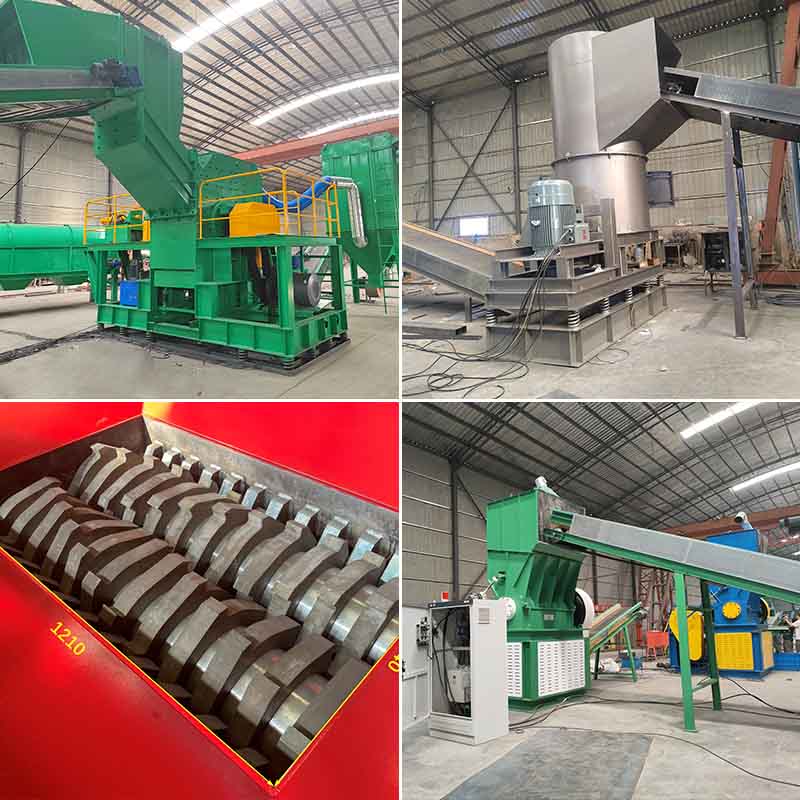
Step 3: Post-Shredding Recycling Technologies
Once wind turbine blades are shredded, the processed material can be recycled by advanced recovery methods:
- Thermal pyrolysis:
Shredded composites are heated at 400–700°C in an oxygen-free environment. Resins break down into syngas and pyrolysis oil (usable for energy), leaving behind clean glass or carbon fibers ready for reuse. - Chemical solvolysis:
Specialized solvents and heat are applied to dissolve the resin matrix. This preserves the strength and integrity of fibers—especially valuable for carbon fiber recovery, enabling reutilize in high-performance applications.
While there are many recycling approaches, the key challenge exists in effective blade size reduction and preparation. Without this step, thermal or chemical processes cannot succeed at scale. That is why our metal shredding machine is designed for extreme durability and throughput. We provide the chopping solutions that enable wind turbine blades to move from landfill burden to circular economy resource.
V. New Life: Applications for Recycled Blade Materials
Once experiencing shredding, pyrolysis, or solvolysis, wind turbine blades are no longer waste—they become a valuable source of secondary raw materials. These recovered fibers and resins can be reintroduced into a wide variety of industries, creating both environmental benefits and commercial opportunities.
1. Construction & Infrastructure
Recycled glass fibers can be blended into concrete, asphalt, and insulation boards, providing reinforcement while lowering demand for virgin raw materials. Shredded composites also serve as a base material for roads, contributing to more sustainable civil engineering projects.
2. Industrial Products
Composite fragments and recovered fibers can be repurposed in plastic piping, sporting goods (e.g., skis, surfboards), and small marine vessels. By replacing virgin fiber inputs, these recycled materials reduce production costs and carbon footprints across multiple manufacturing sectors.
3. Energy & Cement Industry
Resins and core materials (such as balsa or foam) burn cleanly, producing energy to power cement kilns while reducing reliance on coal. At the same time, fiberglass serves as a raw material substitute in the clinker process, ultimately becoming part of the final cement product. This “co-processing” approach has already been one of the most commercially scalable pathways for blade recycling.
4. High-Value Reuse of Carbon Fiber
Recovered carbon fiber retains its original strength at most, making it a high-value material for advanced applications. Industries are now integrating recycled carbon fiber into:
- Lightweight automotive components
- Drones and aerospace parts
- 3D printing filaments for next-generation manufacturing
These second-life applications illustrate the fact that decommissioned blades are not a disposal problem but a resource stream waiting to be tapped. With the right machines and processes, the wind energy sector can close the loop, ensuring that the materials for clean energy continue to serve sustainable industries after turbines stop spinning.
VI. Conclusion
Decommissioned wind turbine blades should no longer be viewed as an end-of-life burden—they represent a new source of value. With the right recycling technologies, glass and carbon fibers can be recovered and reintroduced into industries ranging from construction and cement to automotive and advanced manufacturing.
For businesses, this is more than an environmental obligation—it is a strategic opportunity. By transforming retired blades into secondary raw materials, companies can reduce disposal costs, unlock new revenue streams, and strengthen their role as leaders in the circular economy.
With our specialized recycling equipment, we help turn “wind turbine graveyards” into resource hubs, ensuring that wind energy remains sustainable not only in operation but across its entire lifecycle. The time has come to stop treating old blades as waste and start harnessing them as the valuable assets they truly are.
Work with us to transform retired wind turbine blades into valuable resources. Our specialized recycling solutions help you cut costs, generate new revenue streams, and lead the way in the circular economy.

